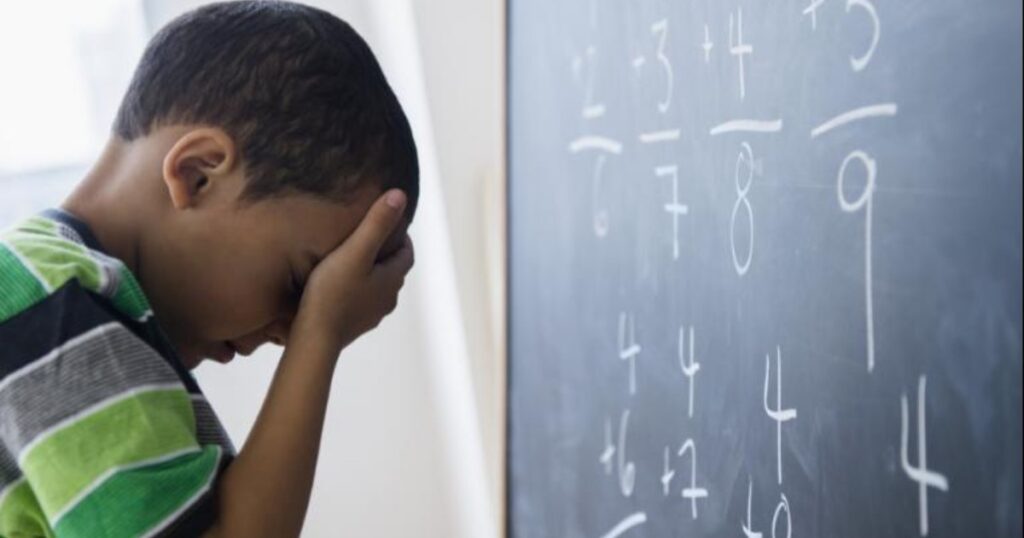If you want to get ahead, start by applying math skills to everyday life. This will help you understand and solve problems quickly, without relying on calculations. Math is fun because it is a fun way to learn about the world around us. Math is all around us. Imagine Math as a language and not as something to be afraid of. Research has indicated that some kids begin to experience a phobia of math during their secondary school years. At this point, ideas start to develop complexity and abstraction. And when this occurs, kids frequently ignore math, and the ideas appear to be more difficult than they actually are.
If we take a close look, we can see that math concepts are connected to one another, just like concepts in other courses, and that mastering one facilitates mastering the other. Because they are constructed on top of one another, the issue is not immediately apparent. The child could complete a grade without fully grasping a few ideas and without being aware that he or she is struggling or needs support. It becomes clear later, and there are instances when it is too late to return to the fundamentals. Even teachers occasionally lack the time to read it. Because of the extensive curriculum and the variety of demands of the pupils, it can occasionally be challenging to handle. What can be done, then?
Small interventions like the ones below can help educators and parents support the kids:
Link math principles to real-world objects :
All around us, there are patterns, colors, and shapes. Observe and discuss patterns in things like the way a tree’s leaves develop, birds’ nightly flights, and the way necklaces and bracelets are worn. Use the varied lengths of sleeves we wear every day and the kilos of food we purchase from the grocery store to illustrate fractions. Consider the entire process, from food production to delivery to our tables, or imagine preparing a pizza, baking bread, etc. Use commonplace objects like bangles, beads, coins, etc. to help them connect quantity with a number. Use kid-friendly scissors to cut playdough (which can be prepared using atta + water) and practice your cutting techniques. Include kids in home chores like laundry and folding, and talk to them about how many items of clothing are being handled. With the use of water as an example, talk about the amount of liquid used when cleaning or washing items. Similar to this, you can discuss spatial reasoning and how to position your body in respect to the area you wish to clean up while mopping the floor. Let them make wicks for Diya while varying the force and twisting needed to form them.
Participate and communicate :
Talk to your child about the material they studied in class. Discuss what is being covered and how math ideas are being taught with the instructor, staff, and other students at your school. Watch the child as they work on their schoolwork or engage in activities related to math. Ask the child to complete autonomous tasks at home, observe how they are completed, and scaffold the tasks as necessary.
promote and foster a passion for math:
Encourage and cultivate a love of math by creating easy games that feature fundamental arithmetic concepts. Puzzles, Snakes and Ladder, Dominoes, Treasure Hunt, Riddles, Quiz, etc. are a few examples. In order to reassure the child that there is nothing to be afraid of, take note of and enjoy the mathematical elements that are present all around us.
Aim for improvement, not perfection:
Don’t be fooled by kids who always succeed and then wonder why your kid can’t do the same. Each child’s learning curve is unique. So let them develop at their own rate. Consider your child’s development over time and make incremental, more manageable strides. The kid doesn’t have to be flawless.
People hastily teach children addition and subtraction, but math is more complicated than that. Math is a way of life; it incorporates many skills that we use on a daily basis, such as logic, spatial reasoning, problem-solving, critical thinking, and inductive and deductive reasoning.

